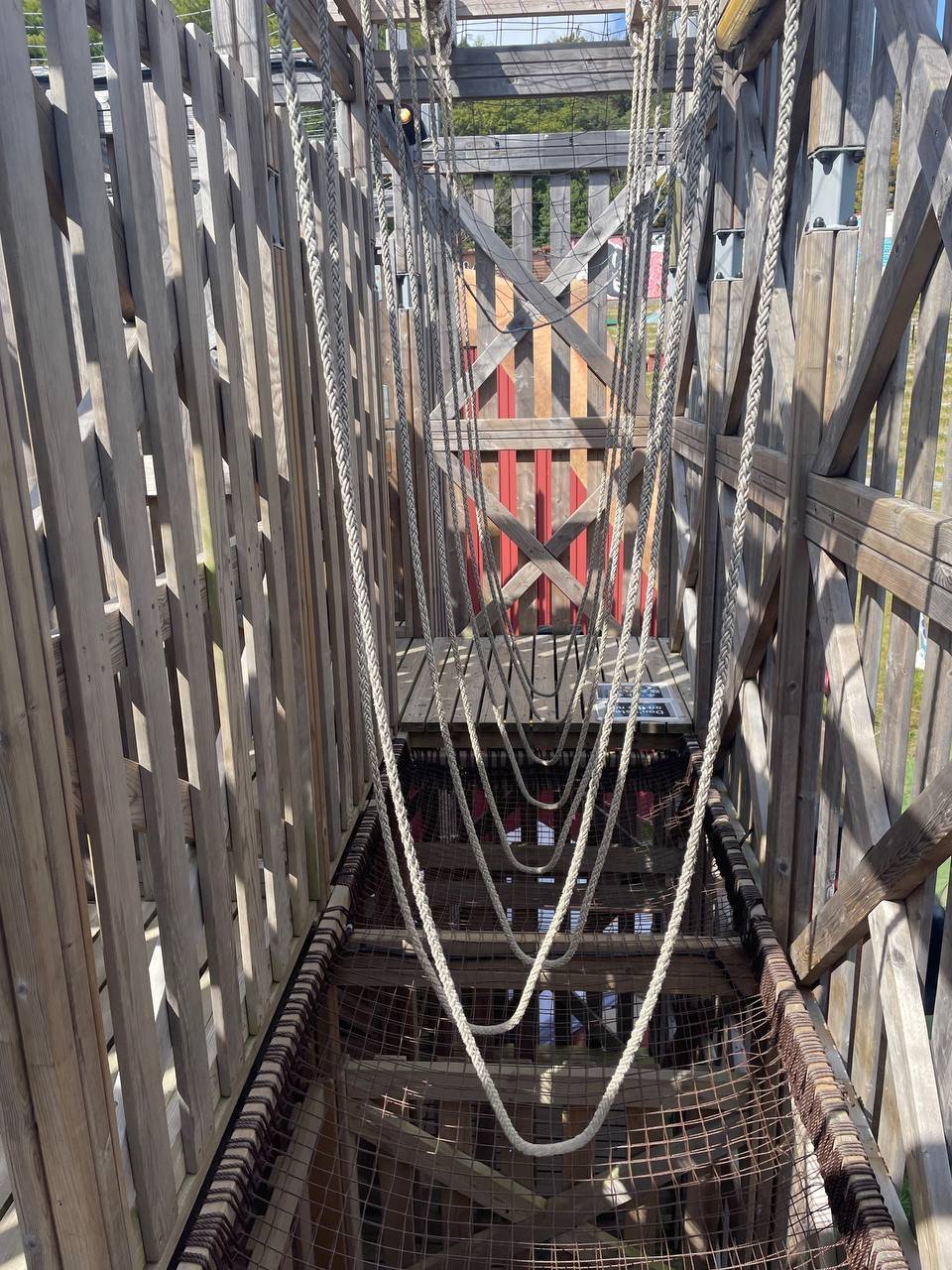Young travelers drive surge in global demand for ‘experiential’ tourism

Often, stepping into a new country brings forth a wave of emotions: relief over temporarily getting a break from work or school, or anxiety over having to navigate a new environment and a language barrier.
But perhaps the most prominent feeling is excitement over having to go to places long idling in organized itineraries.
City tours featuring iconic tourist attractions were once mandatory for travelers, as these offered a glimpse of the history that shaped the culture and traditions of a country.
But the case seems to be different now for young jet-setters.
While millennial Charlene Villanueva has scenic destinations posted on her Instagram feed, she mostly spends her time in other countries on more “experiential” tours.
In Japan, for example, the 29-year-old Villanueva saw her childhood dream come to life: rather than a simple visit, she navigated ninja challenges at the Naruto Theme Park within Hyogo prefecture for the full anime-like experience.
The communications professional also booked cooking classes in Thailand and Vietnam just to see how some of her favorite dishes are prepared in their home countries.
Beyond traditional tours
For Villanueva, immersing in a foreign country’s culture is not just about taking photos at the usual tourist spots and reading brief histories on commemorative plaques.
“I feel like [experiential tours] are a way to get to know a country’s culture even more, especially when I learn more about how their food is prepared or when I join other experiential tours more than the usual city tours,” she tells the Inquirer, adding that she buys tickets for these experiences through different travel websites.

“I get bored easily when just going on traditional city tours, and I feel like I don’t get the full experience,” Villanueva adds.
This preference is evident in thousands of other millennials and Gen Zs across the globe, according to global travel service provider Trip.com.
Boon Sian Chai, managing director at the China-based firm, recently told reporters that there has been an emergence of younger travelers worldwide seeking new experiences beyond regular tours.
“The Gen Zs and millennials are basically looking for more experiential travel: activities, experiences that allow them to get a feel of the destination instead of staying in a hotel room,” Chai shares.
The Nasdaq-listed company currently has at least 400 million members booking various travel offerings, including hotel and flight packages, as well as nontraditional tours.
In the Philippines, Trip.com has around 1 million users who are mostly looking for packaged experiences in Hong Kong, Taiwan, Indonesia, South Korea and Japan.
Concert bundle
The Philippines is also a top destination for experiential tours, particularly diving and surfing in Palawan, Boracay and Cebu.
“In general, people are looking for experiences,” Chai says. Visitors in the country are mostly Americans, Chinese and Koreans.
Trip.com is likewise no stranger to the boom in concert and hotel packages, which gained popularity during the recent world tour of music icon and billionaire Taylor Swift.
Just last month, Trip.com sold out millions of such packages for the Hong Kong concert of South Korean singer IU in just 30 seconds.
The promo seems simple yet indeed enticing for fans: a concert ticket is packaged with an overnight stay in a partner hotel to save travelers the trouble of looking for accommodations.
“It’s a worldwide trend … It will be an initiative that we want to expand internationally because it’s quite common across multiple races, nationalities,” Chai explains.
Easing pandemic restrictions have largely helped in boosting travel over the past year.
Trip.com, which launched in the Philippines in 2016, reported $6.3 billion in revenues last year. This is a 122-percent jump from 2022, and already represents 80 percent of prepandemic revenues, according to Chai. In the Philippines, Trip.com saw triple-digit growth in booking volume for both flights and hotels.



Constraints
But all is not always well in travel.
While the Philippines is expecting around 7.7 million tourists this year, some foreigners are still having trouble finding their way back to the country.
Trip.com is seeing a postpandemic recovery in Korean tourist arrivals, but the case is not the same for Chinese tourists who need to secure a visa before entering the Philippines.
Chai explains that arrivals from China are still “very low,” mostly because of strict visa policies.
“We still need a face-to-face interview to get a visa. The visa policy is stricter than before, and the fees are four times more expensive than applying for a Japan visa,” he says.
Flight capacity also remains a global issue and has significantly impacted overall travel recovery.
Locally, Cebu Pacific has already exceeded international flight capacity by 63 percent of prepandemic levels, while flag carrier Philippine Airlines expects to regain its 2019 performance this year.
Still, Trip.comft remains optimistic about travel in general, especially through young travelers who have been instrumental in the recovery of the tourism industry.
“Overall, travel is actually doing better because of millennials who want to travel more,” Chai says. INQ

















